
A telecentric lens refers to a lens in which the chief ray is parallel to the light source of the lens, and is mainly designed to correct traditional industrial lens designs. According to the different design principles of the telecentric optical path, telecentric lenses can be divided into object-side telecentric lenses, image-side telecentric lenses and bilateral telecentric lenses. The dual-telecentric lenses combine the functions of the other two and are used in visual inspection and measurement. Fields have better imaging capabilities.
The double telecentric lens has the following advantages in terms of technology:
1. No perspective error
Since the entrance pupil of the double-telecentric lens can be located at infinity, it only accepts the main rays of the parallel optical axis during imaging, which can accurately reflect the image of the real object.
2. Nearly zero distortion
The distortion coefficient is the percentage difference between the actual size and the image size of the image sensor. The telecentric lens has passed strict manufacturing and quality inspection, and the error is strictly controlled below 0.1%.
3. High resolution
Image resolution is generally measured by the CTF that quantifies the existing spatial frequency contrast of the camera detector plane. The telecentric lens provided by Purmis has high resolution and can be used with high-resolution cameras with extremely small pixel size, thereby improving the measurement resolution.
POMEAS telecentric series products are lenses developed according to the needs of a large number of users in the field, including standard telecentric lenses, high-resolution telecentric lenses, double telecentric lenses and F-mount telecentric lenses with large field of view, suitable for different applications The advanced machine vision inspection equipment can solve the problem of size and appearance inspection in the industrial manufacturing process, and provide an efficient inspection method for the industrial manufacturing industry. Greatly improve the quality and performance of precision products, shorten the testing cycle, and reduce labor costs.
TECHNICAL SOLUTION
MORE+You may also be interested in the following information
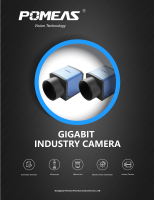
Gigabit Camera PMS-CCN-100K15BSC

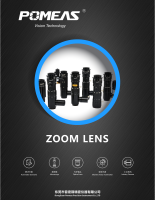
2X Telecentric Macro Zoom lens PMS-LZME-5010M

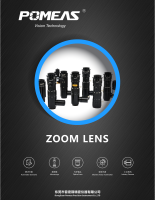
10X Telecentric Zoom lens PMS-TZ0220-A

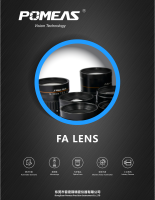
5MP 1’’ FA Lens PMS-20LC5M

FREE CONSULTING SERVICE
Let’s help you to find the right solution for your project!

- APPICATION CASE
- RESOURCE CENTER
- DOWNLOAD CENTER
SOLUTIONS SUPPORT
- ZOOM LENS SELECTION TOOL
- TELECENTRIC LENS SELECTION TOOL
- FA LENS SELECTION TOOL
- ZOOM RATIO TABLE
- CERTIFIED MODEL
SELECTION TOOL
- WHY POMEAS
- FAQ
- PRIVACY POLICY
- TERMS OF USE
- DELIVERY & RETURN POLICY
CUSTOMER CARE
 ADDRESS
ADDRESS
Add.:No.68, Chongwei Road, Baizhoubian, East district, Dongguan, China, 523000
CONTACT
 Tel:+ 86-0769-2266 0867
Tel:+ 86-0769-2266 0867
 Fax:+ 86-0769-2266 0867
Fax:+ 86-0769-2266 0867
 E-mail:marketing@pomeas.com
E-mail:marketing@pomeas.com

Wechat QR code
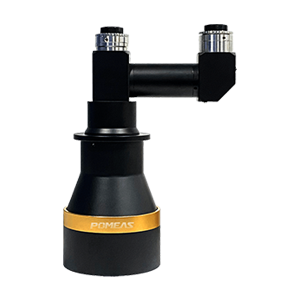

 ASK POMEAS
ASK POMEAS  PRICE INQUIRY
PRICE INQUIRY  REQUEST DEMO/TEST
REQUEST DEMO/TEST  FREE TRIAL UNIT
FREE TRIAL UNIT  ACCURATE SELECTION
ACCURATE SELECTION 